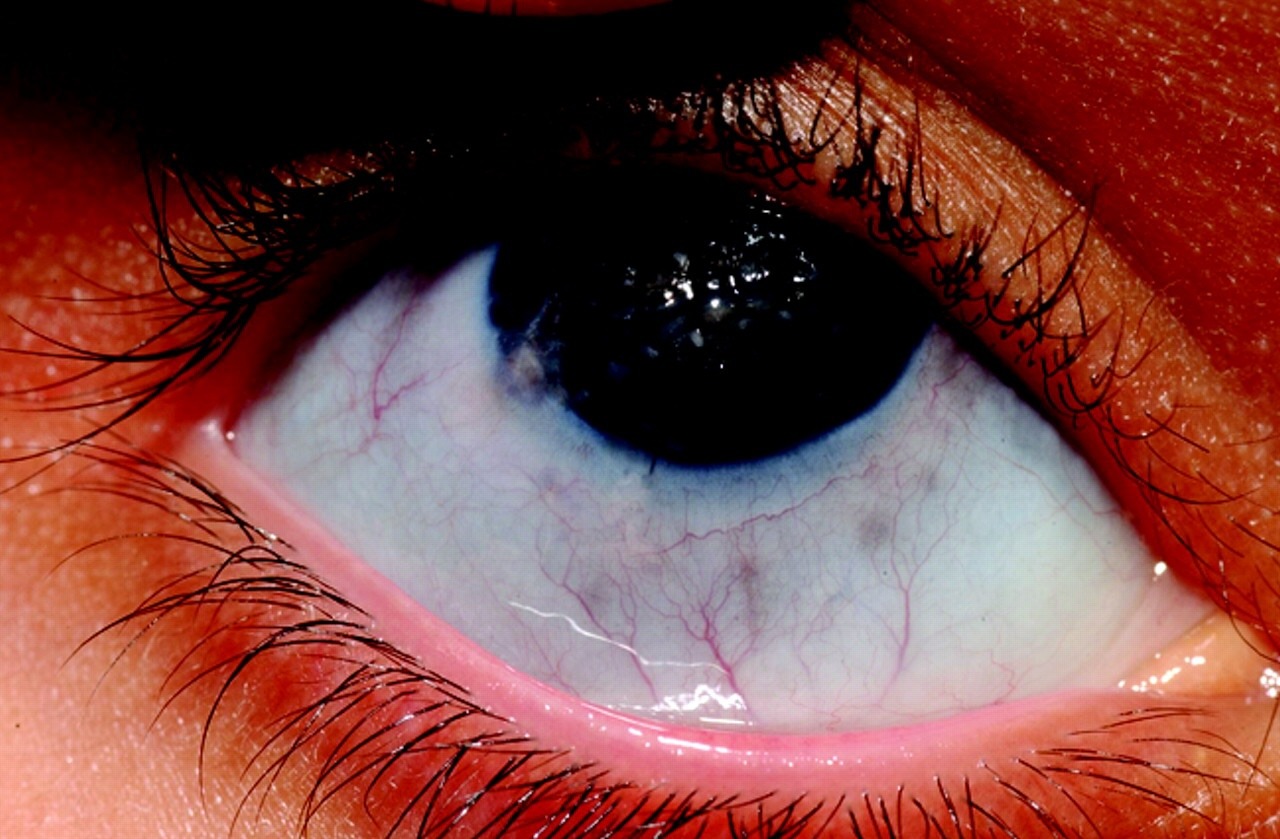
Brittle cornea syndrome (BCS-EDS) is a rare genetic disorder affecting the eyes, skin, and joints. Characterized by extremely thin corneas, this condition can lead to severe vision problems and even blindness. People with BCS-EDS often experience frequent eye injuries, spontaneous corneal ruptures, and progressive vision loss. In addition to eye issues, individuals may have hypermobile joints, fragile skin, and other connective tissue abnormalities. Caused by mutations in the ZNF469 or PRDM5 genes, BCS-EDS is inherited in an autosomal recessive manner, meaning both parents must carry the gene for a child to be affected. Early diagnosis and proper management are crucial for improving quality of life and preventing complications. Understanding BCS-EDS can help those affected and their families navigate the challenges associated with this condition.
Key Takeaways:
- Brittle Cornea Syndrome (BCS) is a rare genetic disorder that causes thin and fragile corneas, leading to severe vision problems. It requires protective eyewear and regular monitoring for management.
- BCS can be diagnosed through clinical evaluation and genetic testing, and managed with treatments like corneal cross-linking and protective eyewear. Lifestyle adjustments, such as avoiding eye trauma and joining support groups, are also important.
What is Brittle Cornea Syndrome?
Brittle Cornea Syndrome (BCS) is a rare genetic disorder affecting the eyes. It causes the cornea, the clear front part of the eye, to be extremely thin and fragile. This condition can lead to severe vision problems and other complications.
-
BCS is a genetic disorder: It is inherited in an autosomal recessive manner, meaning both parents must carry the gene for a child to be affected.
-
Corneal thinning: The cornea becomes very thin, making it prone to ruptures and tears, which can lead to vision loss.
-
Keratoglobus: This condition often accompanies BCS, where the cornea becomes globular and protrudes outward.
-
Blue sclera: The white part of the eye, known as the sclera, may appear blue due to the thinness of the tissue.
-
Collagen defects: BCS is caused by mutations in genes responsible for collagen production, which is crucial for the strength and structure of the cornea.
Symptoms of Brittle Cornea Syndrome
Recognizing the symptoms of BCS early can help in managing the condition effectively. Here are some common signs to look out for:
-
Severe myopia: Individuals with BCS often experience extreme nearsightedness.
-
Frequent eye injuries: Due to the fragile nature of the cornea, even minor trauma can cause significant damage.
-
Light sensitivity: Many people with BCS are highly sensitive to light, a condition known as photophobia.
-
Astigmatism: Irregular curvature of the cornea can lead to blurred vision.
-
Corneal scarring: Repeated injuries and surgeries can cause scarring, further impairing vision.
Diagnosis of Brittle Cornea Syndrome
Diagnosing BCS involves a combination of clinical evaluation and genetic testing. Here are some key diagnostic methods:
-
Slit-lamp examination: This test allows doctors to examine the cornea in detail.
-
Pachymetry: Measures the thickness of the cornea to detect thinning.
-
Genetic testing: Identifies mutations in the ZNF469 or PRDM5 genes, which are linked to BCS.
-
Family history: A detailed family history can help in identifying the likelihood of BCS.
-
Ocular coherence tomography (OCT): Provides detailed images of the cornea's structure.
Treatment Options for Brittle Cornea Syndrome
While there is no cure for BCS, several treatments can help manage the symptoms and protect vision. Here are some common approaches:
-
Protective eyewear: Wearing glasses or goggles can help prevent eye injuries.
-
Corneal cross-linking: This procedure strengthens the cornea by increasing collagen bonds.
-
Contact lenses: Specially designed lenses can protect the cornea and improve vision.
-
Surgical intervention: In severe cases, corneal transplantation may be necessary.
-
Regular monitoring: Frequent check-ups with an eye specialist are crucial for managing BCS.
Living with Brittle Cornea Syndrome
Living with BCS requires careful management and lifestyle adjustments. Here are some tips for those affected:
-
Avoiding eye trauma: Being cautious to prevent injuries is essential.
-
Using lubricating eye drops: Helps keep the eyes moist and reduces discomfort.
-
Wearing sunglasses: Protects against UV rays and reduces light sensitivity.
-
Educating family and friends: Helps create a supportive environment.
-
Joining support groups: Connecting with others who have BCS can provide emotional support and practical advice.
Final Thoughts on Brittle Cornea Syndrome
Brittle Cornea Syndrome (BCS-EDS) is a rare genetic disorder that affects the eyes, skin, and joints. Understanding the symptoms and treatment options can help those affected manage their condition better. Early diagnosis is crucial for preventing severe complications like corneal rupture. Regular check-ups with an ophthalmologist and genetic counseling can provide valuable support. While there is no cure, advancements in medical research offer hope for improved treatments. Raising awareness about BCS-EDS can lead to better resources and support for patients and their families. If you or someone you know shows signs of this condition, consult a healthcare professional for proper guidance. Knowledge is power, and staying informed can make a significant difference in managing Brittle Cornea Syndrome.
Frequently Asked Questions
Was this page helpful?
Our commitment to delivering trustworthy and engaging content is at the heart of what we do. Each fact on our site is contributed by real users like you, bringing a wealth of diverse insights and information. To ensure the highest standards of accuracy and reliability, our dedicated editors meticulously review each submission. This process guarantees that the facts we share are not only fascinating but also credible. Trust in our commitment to quality and authenticity as you explore and learn with us.
